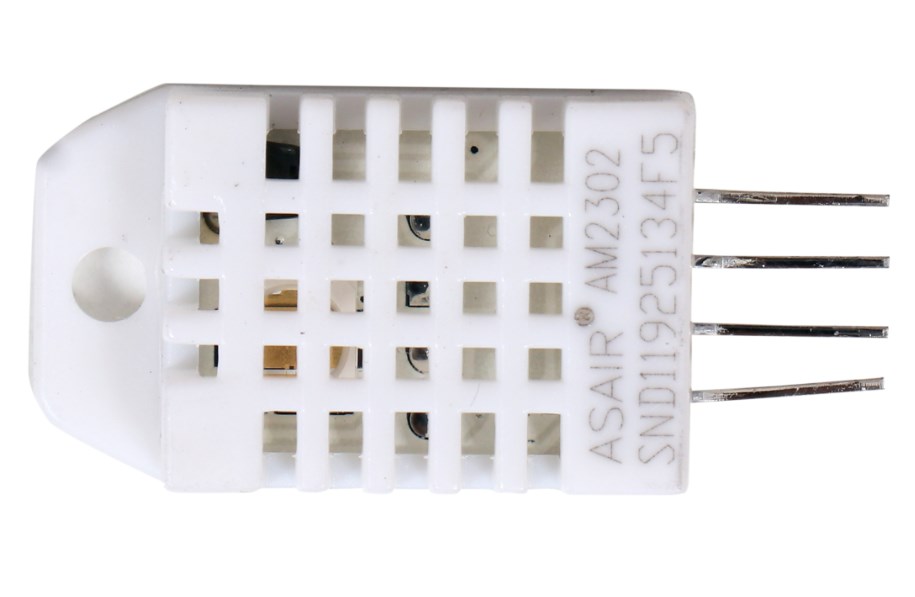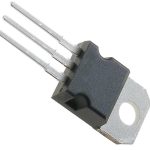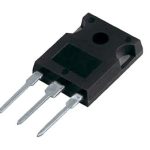When it comes to measuring temperature and humidity, two popular options are DHT22 and DHT11 sensors. These sensors are commonly used in various applications such as weather monitoring systems, home automation, and indoor climate control. Both sensors have their own set of features and specifications, but which one should you choose? Right here, we will compare the DHT22 and DHT11 sensors to help you make an informed decision based on your specific requirements.
DHT22 Sensor
The DHT22 sensor is a digital temperature and humidity sensor that uses a capacitive humidity sensor and a thermistor to measure the surrounding air’s temperature and humidity. The sensor works by measuring the change in capacitance of the humidity sensor due to the absorption of water molecules from the air. The thermistor is responsible for measuring the temperature, which is then converted into a digital signal by the microcontroller inside the sensor.
The DHT22 sensor has high accuracy and stability, making it suitable for various applications. However, the DHT22 sensor has some limitations. It requires a relatively long time to stabilize readings after power-up, making it unsuitable for applications where fast response times are required. Additionally, the sensor is sensitive to electromagnetic interference and may produce inaccurate readings in noisy environments.
DHT22 vs. DHT11 Comparison
DHT22 and DHT11 are two commonly used digital temperature and humidity sensors. The DHT11 is a simpler and less expensive version of the DHT22. Both sensors use the same capacitive humidity sensor and thermistor to measure temperature and humidity. However, there are some differences in their specifications and capabilities.
Differences in specifications and capabilities
The DHT22 has higher accuracy and stability than the DHT11. It can measure temperature between -40 °C to 125 °C with an accuracy of ±0.5 °C and humidity between 0% to 100% with an accuracy of ±2%. In contrast, the DHT11 can measure temperature between 0 °C to 50 °C with an accuracy of ±2 °C and humidity between 20% to 80% with an accuracy of ±5%.
Performance difference
Performance analysis shows that the DHT22 is more reliable and accurate than the DHT11. The DHT22 is faster in responding to changes in temperature and humidity and is less likely to produce false readings. Moreover, the DHT22 has a wider measurement range and can operate in harsher environments than the DHT11.
Pros and cons of each sensor
In terms of drawbacks, the DHT22 is more expensive than the DHT11, making it unsuitable for low-cost applications. Additionally, the DHT22 may require a more complex circuit design to achieve optimal performance due to its higher sensitivity to electromagnetic interference.
DHT22 Datasheet
The DHT22 datasheet provides a detailed description of the sensor’s technical specifications. The datasheet contains information on the sensor’s measurement range, accuracy, power supply, and communication protocol. The datasheet also includes specifications for the sensor’s physical characteristics, such as its size, weight, and operating temperature range.
Each parameter in the datasheet is explained in detail to help users understand the sensor’s capabilities and limitations. For example, the datasheet specifies that the DHT22 can measure temperature between -40 °C to 125 °C with an accuracy of ±0.5 °C and humidity between 0% to 100% with an accuracy of ±2%. The datasheet also provides information on the sensor’s response time, which is around 2 seconds for temperature and 2–5 seconds for humidity.
Other parameters listed in the datasheet include the sensor’s power supply voltage, which ranges from 3.3V to 6V, and its current consumption, which is around 1-2.5mA during operation. The datasheet also provides information on the communications protocol used by the sensor, which is a single-wire digital interface that uses a specific timing sequence to transmit data.
DHT22 Pinout
The DHT22 sensor has four pins, which are arranged in a 2×2 grid. The pins are labeled VCC, DATA, NC, and GND. The pinout of the sensor is designed to be compatible with standard breadboards and PCBs, making it easy to integrate into electronic projects.
The VCC pin is used to supply power to the sensor and should be connected to a regulated power supply between 3.3V to 6V. The GND pin is the ground connection for the sensor. The DATA pin is used to transmit data from the sensor to the microcontroller. The NC pin is not connected and is reserved for future use.
To use the sensor, the VCC and GND pins should be connected to the power supply and ground, respectively. The DATA pin should be connected to a microcontroller’s digital input/output pin to receive data. The timing and protocol for data transmission are specified in the datasheet, making it easy to write code for the sensor’s communication protocol.
Utilizing the DHT22 Sensor
The DHT22 sensor can be easily integrated with microcontrollers and development boards, making it widely accessible for various applications. The sensor uses a single-wire digital interface for communication, which makes it compatible with popular microcontrollers such as Arduino, Raspberry Pi, and ESP8266/ESP32.
Programming examples and libraries are available for the DHT22 sensor, simplifying the development process. For example, if you are using an Arduino board, you can find libraries like “DHT.h” that provide pre-defined functions to read temperature and humidity values from the sensor. These libraries handle the timing and communication protocol required to interface with the DHT22, allowing you to focus on processing the sensor data within your application.
By utilizing the DHT22 sensor and its associated programming resources, developers can create a wide range of applications. Whether it’s monitoring environmental conditions, controlling HVAC systems, or implementing smart home automation, the DHT22 sensor’s ease of integration and available programming support make it a versatile choice for temperature and humidity sensing needs.
Conclusion
The choice between DHT22 and DHT11 ultimately comes down to the needs of your project. If you require higher accuracy and a wider operating range, the DHT22 sensor is the recommended choice. However, if you are working on a budget and can compromise a bit on accuracy and operating range, the DHT11 sensor would still serve your purpose. It is crucial to consider factors such as cost, accuracy, operating range, and the specific requirements of your application before making a decision.


